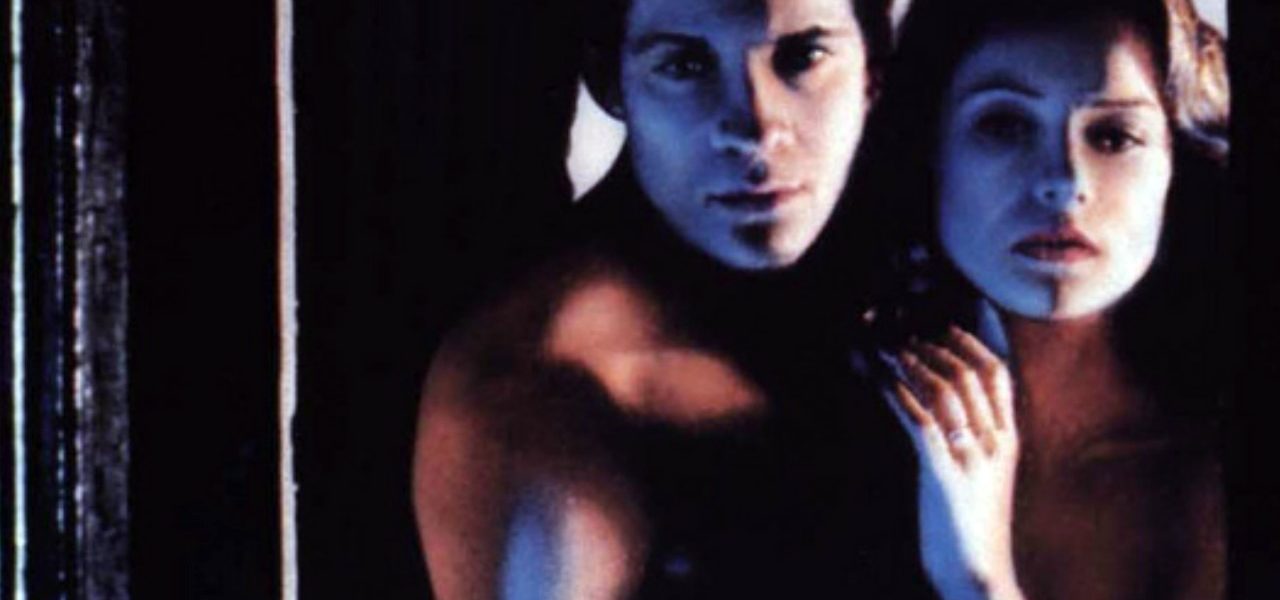Steve Guttenberg, Isabelle Huppert, and Elizabeth McGovern Star in Curtis Hanson’s nod to Alfred Hitchcock.
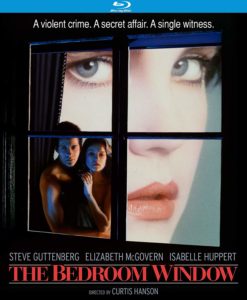
DIRECTED BY CURTIS HANSON/1987
BLU-RAY STREET DATE: MAY 14, 2019/KINO LORBER STUDIO CLASSICS
Contrivance abounds in director Curtis Hanson’s 1987 thriller, The Bedroom Window. But don’t read that like it’s a bad thing.
While never approaching the tricky depths and high levels of Alfred Hitchcock’s Rear Window, it’s clear from The Bedroom Window’s marketing onward that that’s the body of work being evoked. It’s not that Hitchcock’s thrillers avoid contrivance- they revel in it. A major difference between he and most every other director is that Hitchcock knew how to deliver it to his audience. In the ongoing one-person Jenga game that is suspense-driven filmmaking (though… isn’t all filmmaking suspense-driven?), a misguided shift can weaken an otherwise impressive effort. But how badly? If the tower remains standing, if only twenty percent rickety, isn’t that still worthy of something? Indubitably.
Presented is Exhibit A, Curtis Hanson’s aforementioned film, The Bedroom Window. (Convenient then, that it’s the film being reviewed here). A film that is secure in its 80%-plus non-rickety status.
Even today, audiences are so quick to judge sight-unseen that the awesome promise of Isabelle Huppert in a well-crafted psychological thriller is immediately drowned out by the notion of an earnest Steve Guttenberg playing it straight. Such snap judgement is given a certain viability in that this is 1987, the very peak of the actor’s fame associated with the popular-in-spite-of-itself Police Academy series. The fact of the matter, though, is that Guttenberg, with his nice guy demeanor, is a fine match for this darker role as a flawed Baltimore white collar bachelor looking to do the right while not sacrificing his own comfort.
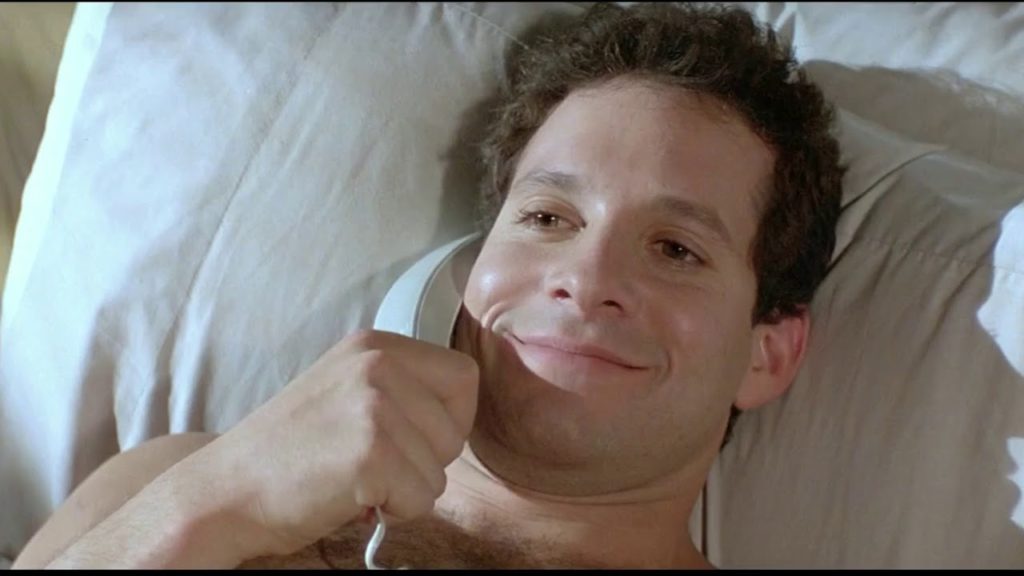
Guttenberg plays Terry Lambert, a man that context clues alone quickly tell us is in over his head- and that’s before a girl (Elizabeth McGovern) is nearly murdered just outside of his second story bedroom window. Despite his success having climbed the ladder at his architectural firm, Terry still lives like a recent uncultured college grad who can suddenly afford his own place. Untidy but by no means a pig’s sty, the elegant presence of his secret lover, can’t help but reveal the humble dwelling for what it is. And by extension, it’s owner. (“I’m all out of white wine… How about a beer?”).
The lover, Sylvia, also happens to be his very powerful and frightening bosses’ wife. That is why it is imperative that her being there remains a secret. Sylvia is played with fragile sophistication by the great actress French Isabelle Huppert, elevating the already surprisingly solid project.
Terry, being a good citizen, phones in the assault that occurred outside his window. The only problem is, he didn’t witness any of it. That distinction goes to Sylvia, who, at the postcoital hour of 2AM, heard the struggle outside and then hurriedly struggled to get the window open. The clatter she made saved the life of the young assailant, Denise.
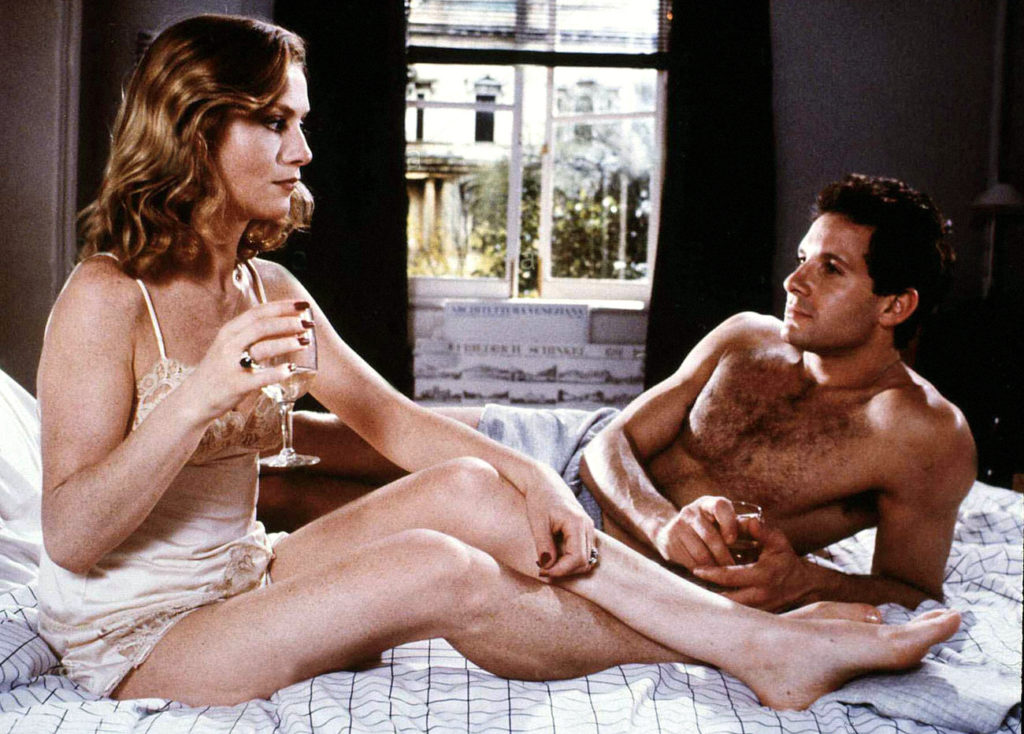
Later, Sylvia’s conscience wont let her sit on the truth of what she saw, especially when it comes out that a similar attack occurred only blocks away, minutes later- that one ending in murder. This is what prompts Terry to call it in, naming himself as the only witness. He simply reports the details explained to him by Sylvia verbatim, removing her from the story. Should be simple, no? No. Soon enough, detectives start coming around repeatedly. Terry finds himself being made to identify suspects in a police lineups, and spending far more time in interrogation rooms than he ever thought he’d need to. It’s enough to drive a guy to stalking- which it does. He needs to learn more about the killer. He needs to get the story straight.
The afore-pondered contrivance factor amps up once the assault survivor, Denise, decides that vengeance will be hers, come hell or high water. When she starts crossing paths with Terry too often, she figures that something is up with him, too. And, she’s not alone in that. The detectives eventually move Terry squarely into the suspect zone. Being seen at all the same places as the real killer and his soon-to-be victims tends to prompt such suspicion.
Straddling the line between ‘80’s sexy neo-noir and straight-up Hitchcock homage, The Bedroom Window is numerous things- but one thing that it’s not is a mystery. Never for a moment is the identity of the killer in question. Even Terry, when he’s sweating bullets in that police lineup room, as he of course cannot say for sure, picks the right guy. An engaging if occasionally transparent three-way game of cat and mouse, between Terry‘s faction, the cops, and the killer, ensues.
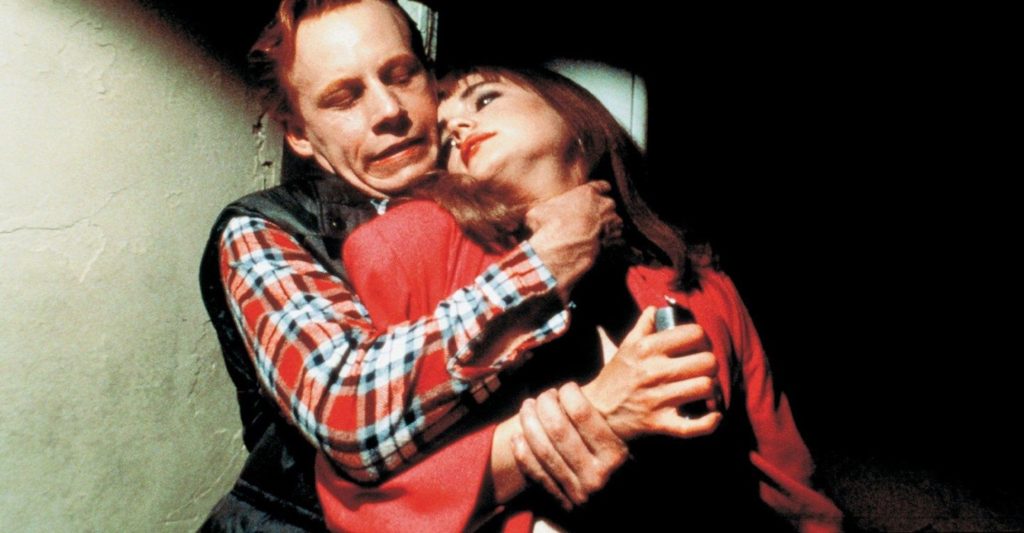
The Bedroom Window is a tremendous leap for director Curtis Hanson (and not because it’s that high up). His first theatrical feature film since his above-average teen comedy Losin’ It, it wields a meticulously thought-out story and well-drawn main characters. If anything, Hanson overthought a select few details, rendering them as to stand out like sore thumbs. The losers in these overplayed conceits (a waitress spills a drink on Terry and won’t stop freaking out it, lest we forget her; a jerk won’t get out of the only phone booth at a vital moment, resulting in a fist fight) are the supporting characters, who can’t help but be recognized as constructs in service of the plot. It’s these dopey moments that are the only puncture holes in Hanson’s otherwise intact veneer.
Kino Lorber provides a newly recorded audio commentary’s by film historian and critic Peter Tonguette, who gives a quite serious and seriously researched accompaniment of the proceedings. Tonguette reveals himself as a big admirer of this film, going as far as to group it with Hanson’s best. Though The Bedroom Window is no L.A. Confidential, it certainly can stand with the likes of The Hand That Rocks the Cradle and The Wonder Boys. Good company for what wound up being a Steve Guttenberg vehicle. This disc also serves Gil Taylor’s moody, nocturnal cinematography quite well.
For several reasons, many have likely looked passed The Bedroom Window. But, for those interested in a solid thriller that mostly works, it’s a fine view.
The images in this review are not representative of the actual Blu-ray’s image quality, and are included only to represent the film itself.


